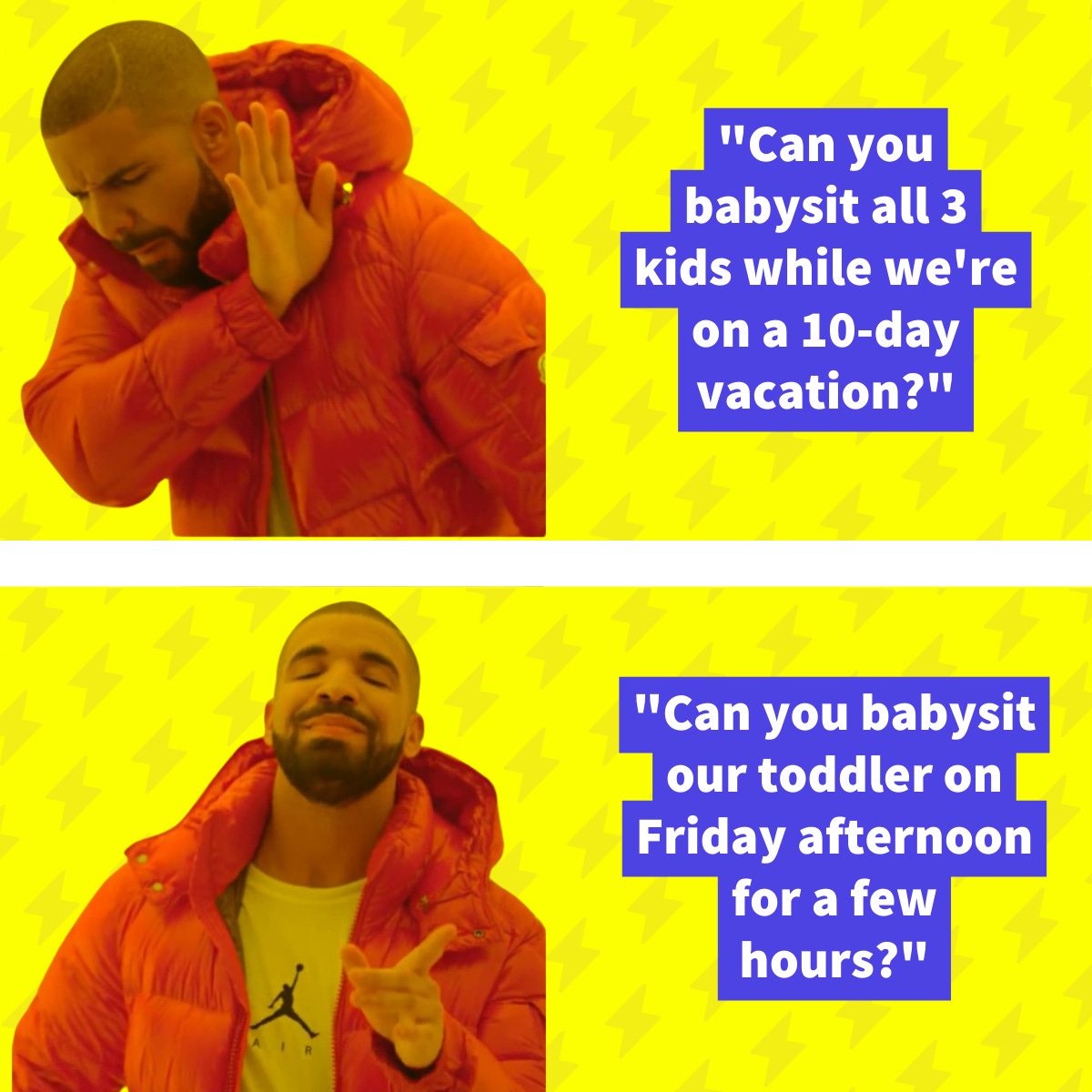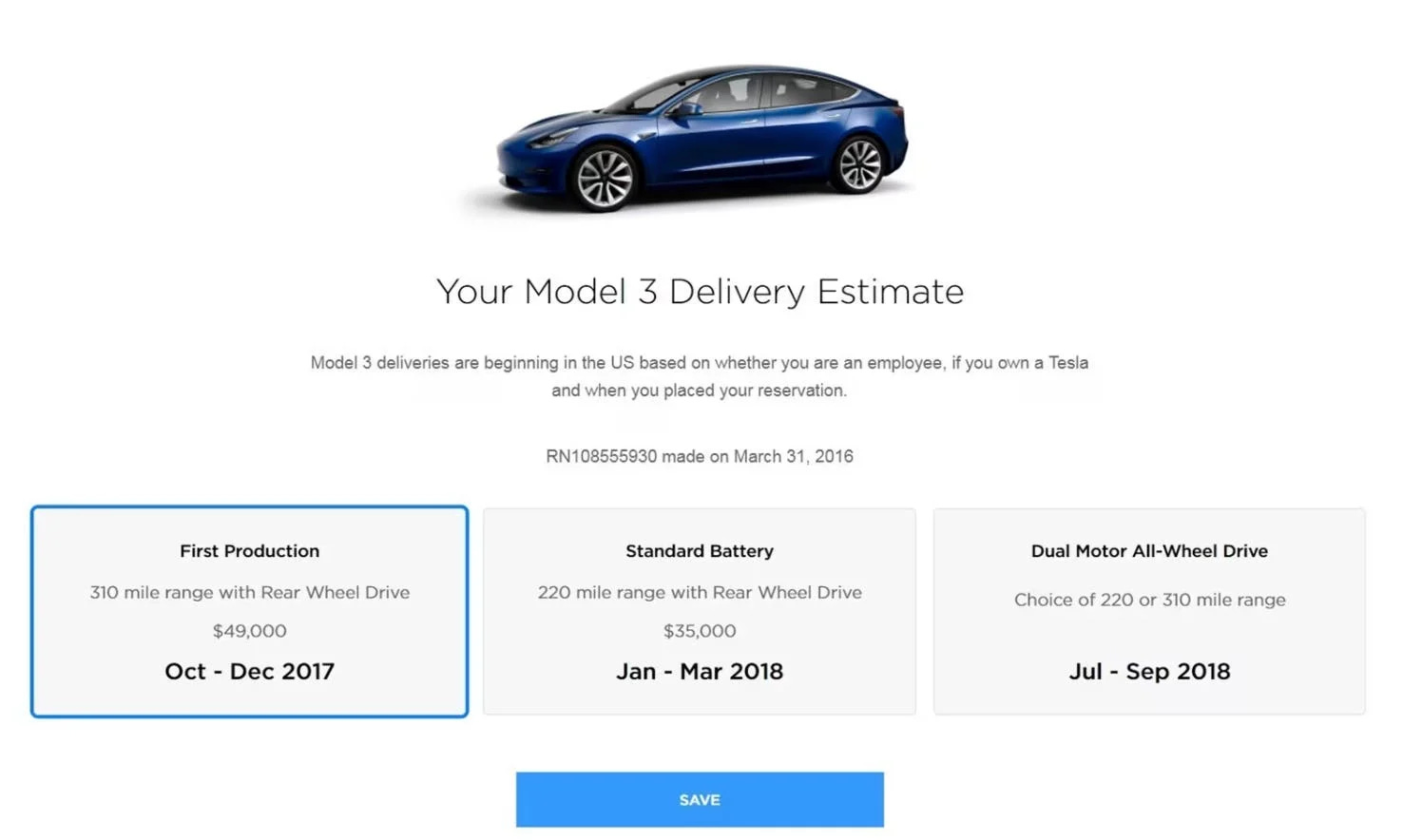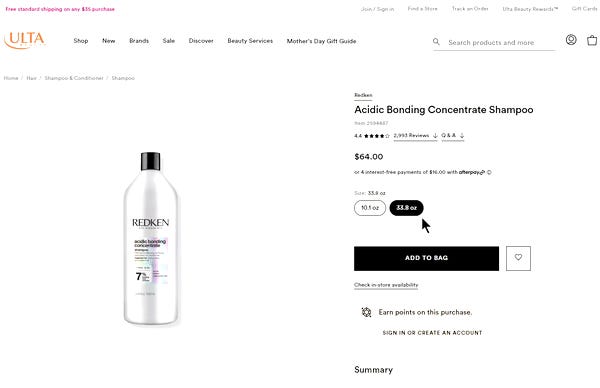How Smart Pop-ups Drive Results?
Plus, 🙅Convert Pricing Objections Into Wins
Hey Readers 🥰
Welcome to today's edition, bringing the latest growth stories fresh to your inbox.
If your pal sent this to you, then subscribe to be the savviest marketer in the room😉
The Power of Post-Click Pop-ups
Insights from DTC
As we approach Q4, consider leveraging post-click pop-ups to boost engagement and conversion on your site. These interactive elements can help push offers, provide additional product information, or even collect valuable customer feedback.
Engaging Pop-ups for the Win
Pop-ups can be triggered strategically in the user journey, allowing you to nudge visitors toward conversion. Whether highlighting a bundle offer or collecting feedback, the key is to engage visitors without overwhelming them.
5 Pop-up Strategies to Test
- Pop up on Scroll: When visitors scroll halfway down a page, trigger an offer to re-engage them with a special deal or product suggestion.
- Pop-up on Time: If a visitor spends a significant amount of time on a product page, trigger a pop-up to present an offer or discount, capitalizing on their interest.
- Push a Bundle Offer: Upsell by suggesting complementary products. For example, “Buy 3 and Save XX!” could push your average order value (AOV) higher.
- Pop in Product Info: Provide additional details or videos after a user reaches a key point on the page to keep them engaged and informed.
- Exit Intent Pop-up: Catch users before they leave by asking why they’re leaving and offering incentives to stay, such as a last-minute discount.
The Takeaway
Pop-ups can be a powerful tool for engaging customers at just the right moment. Whether you’re offering deals or collecting feedback, remember to use them wisely—pop up at key moments, but don’t overwhelm your audience with too many.
Mastering the Art of Compromise
Insights from Customer Camp
Sometimes, asking for too much upfront can lead to better outcomes when you follow up with a more reasonable request. The door-in-the-face technique works because when someone declines an initial big ask, they feel a sense of obligation to accept a smaller one. It’s all about leveraging the psychology of compromise.
The Power of Reciprocal Concession
When you present a large offer that gets rejected, the next, smaller offer seems much more reasonable by comparison. This is the magic of reciprocal concession—your customer feels you’ve made a compromise, so they’re more likely to reciprocate by saying yes.

Applying It to Pricing Strategy
To ethically use this tactic in your pricing, always lead with your highest-priced package. Once the customer declines, present a lower-priced option, which now feels like a much better deal. This method helps anchor expectations and increases the likelihood of conversion.

E-commerce and Product Sizing
In e-commerce, displaying both the jumbo and regular-sized versions of a product is another way to use this technique. The higher price of the larger option makes the smaller, more affordable product seem like a steal.

Free Trials in SaaS
Offering a free trial after someone declines a paid plan can also invoke this technique. The free option feels like a much better deal, making users more likely to commit to the paid version later.
The Takeaway
While powerful, the door-in-the-face technique should be used with care. Apply it ethically to avoid alienating customers, and you’ll make more sales by helping them feel like they’re getting a great deal.
We'd love to hear your feedback on today's issue! Simply reply to this email and share your thoughts on how we can improve our content and format.
Have a great day, and we'll be back again with more such content 😍